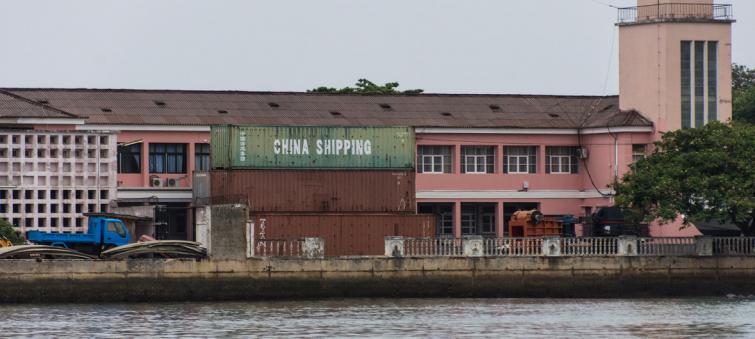
Neither side stands to benefit in US-China trade spat, UN says
New York, Feb 5 (IBNS): The tit-for-tat trade dispute between China and the United States may do little to protect domestic producers in either country and could have “massive” implications on the globaleconomy unless it is resolved, United Nations experts said on Monday.
Of the $250 billion in Chinese exports that are subject to US tariffs, only about six per cent will be picked up by firms in the United States, according to a report by the UN Conference on Trade and Development (UNCTAD).
And of the approximately $85 billion in US exports that are subject to China’s tariffs, only about five per cent of this will be taken up by Chinese firms, the UN research shows.
The study also cautions that the effects “are consistent across different sectors” including machinery, furniture, chemicals and precision instruments, noting that bilateral tariffs “would do little to help protect domestic firms in their respective markets”.
Unless the US and Chinese agree to drop their tariff dispute by 1 March, duty on each country’s products will rise to 25 per cent, up from the current 10 per cent level.
Tariffs ‘a gun that recoils on ourselves’
Quoting former US Secretary of State Cordell Hull, UNCTAD’s Pamela Coke-Hamilton repeated his description of protective tariffs as “a gun that recoils on ourselves”, which had also contributed to the Great Depression of the 1930s and the rise of extremism.
“I think that is a single lesson from what we have had here today,” Coke Hamilton said. “If - barring an agreement between US China on 1 March - tariffs will escalate to 25 per cent, which is a significant difference from the 10 per cent as it currently exists.”
The implications of such a development would be “massive”, the UNCTADDirector, Division on International Trade in Goods and Services, and Commodities, continued, adding that its effects would first of all involve “an economic downturn…due to instability in commodities and financial markets”.
Next, Coke-Hamilton said, there would be “increased pressure on global growth, as companies will have to impose adjustment costs which will affect productivity investment and profitability”.
Winners and losers from trade tensions
Countries that are expected to benefit the most from the trade war are European Union members; the UN study indicates that exports in the bloc are likely to grow by $70 billion. Japan and Canada, meanwhile, will see exports increase by more than $20 billion each.
Although these figures do not represent a large slice of global trade – which was worth $17 trillion in 2017 – for some countries, like Mexico, the increase in exports will amount to a six per cent rise in exports overall.
Other countries set to benefit from the trade tensions – which erupted in early 2018, when China and the US imposed tariffs worth around $50 billion on each other’s goods – include Australia, with 4.6 per cent export gains, Brazil (3.8) India (3.5), Philippines (3.2) and Viet Nam (5).
East Asian producers face export contraction
But the UNCTAD study also warns that the spat could hit East Asian producers the hardest, with a projected $160 billion contraction in the region’s exports unless discussions between China and the US are resolved before the March deadline.
The study also underlines the “common concern” that trade disputes have an unavoidable impact on the “still fragile” global economy, particularly on developing, commodity-rich countries that are dependent on exports.
“One major concern is the risk that trade tensions could spiral into currency wars, making dollar-denominated debt more difficult to service,” the report adds.
Image Credit: UNCTAD/Jan Hoffmann
Support Our Journalism
We cannot do without you.. your contribution supports unbiased journalism
IBNS is not driven by any ism- not wokeism, not racism, not skewed secularism, not hyper right-wing or left liberal ideals, nor by any hardline religious beliefs or hyper nationalism. We want to serve you good old objective news, as they are. We do not judge or preach. We let people decide for themselves. We only try to present factual and well-sourced news.







